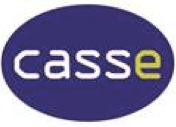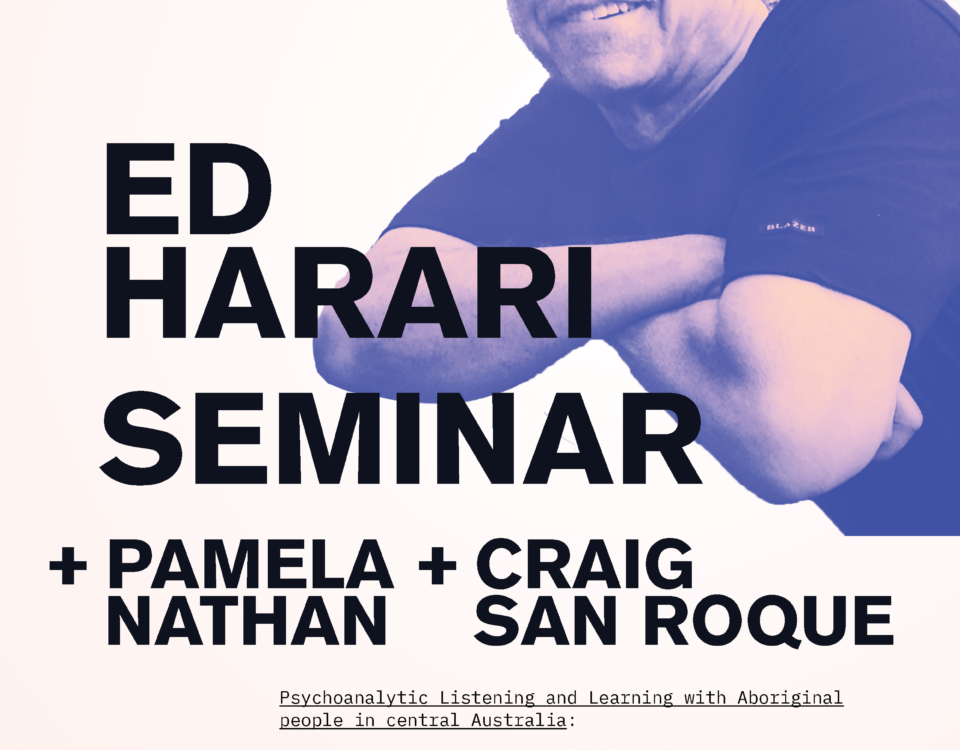Don’t Peak at High School: From Bullied to A-list
July 16, 2013REGISTER NOW FOR RECONCILIATION PUBLIC FORUM
August 2, 2013 by Pamela Nathan, CASSE Aboriginal Program Director
by Pamela Nathan, CASSE Aboriginal Program Director
Re: “Indigenous justice ‘needs intervention’,” by Dan Harrison, The Saturday Age, July 27, 2013
Dan Harrison notes that indigenous Australians account for about 2.5 per cent of the national population but account for about 25 per cent of the prison population.
Michael Cobran QC, Law council of Australia and Australia Bar Association president, said many state and territory governments were failing in their duty to solve the problem.
Dan Harrison reports that between 2000 and 2010 the indigenous imprisonment rate increased by 51.5 per cent. Bureau of statistics results showed that for 2012 indigenous adults were imprisoned at a rate of 15 times that of non-indigenous adults and among juveniles and women the disparity is even greater.
In the Territory it seems that the relative absence of justice rehabilitation infrastructure contributes to the high imprisonment rates. There are no female specific correctional rehabilitation indigenous services, for example. Aboriginal people do not have legal powers as Commissioners and community justice groups or Aboriginal courts are not funded, however both these legal powers and structures exist in some other states. Aboriginal people suffer systemic racism in the courts as many do not speak English, have a limited or non-existent understanding of the legal system, are not on the electoral roll and therefore cannot be selected for jury service, and their own customary law is not recognised in the courts as mitigating factors or for sentencing purposes.
An article by Henrietta Cook in The Sunday Age on July 21 included the statement, “prisoners push mental health unit to the limit”. Henrietta reports that the state government is considering building a new forensic hospital unit in addition to the Thomas Embling Hospital (118 beds) as it struggles to cope with mental health issues among Victoria’s growing prison population. She reports that in 2011, on average each month, 44 per cent of male prisoners had a psychiatric risk rating, with 5 per cent having a psychiatric condition requiring treatment.
The indigenous population in the Territory does not have an 18 bed forensic mental health care unit, let alone a new facility being contemplated. Yet there is no doubt that the criminal population in the Territory has psychiatric or mental health care issues, such as major depression or post traumatic stress disorder, yet these disorders are not being treated and nor are they being recognised as contributing to crime.
It seems to me that indigenous people in the territory suffer systemic racism in the area of justice. Indigenous criminals are punished -detained and imprisoned – and the recidivism rate increases and they are not hospitalised for mental health conditions. There are no Aboriginal controlled rehabilitation programs or forensic facilities for women, men or juveniles, albeit there are a smattering of correctional services for them, and there are no Aboriginal courts or legal commissioners, and customary law is not recognised.
The indigenous justice system in the territory indeed needs intervention.





